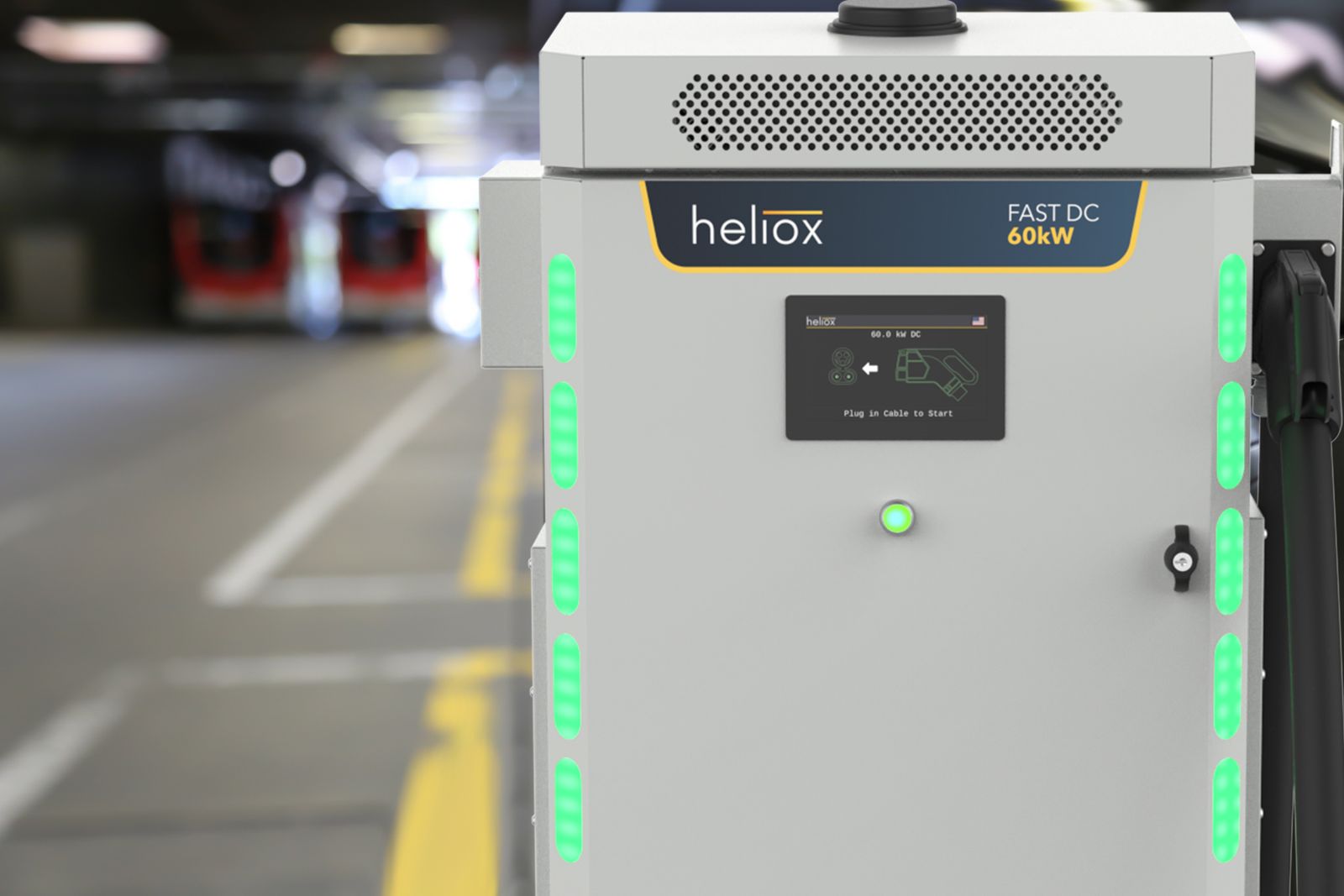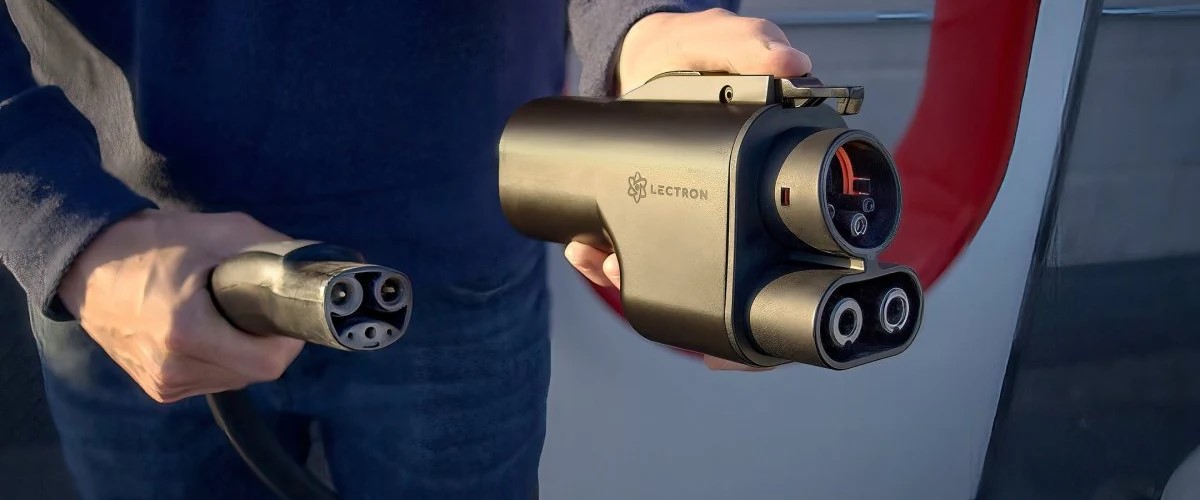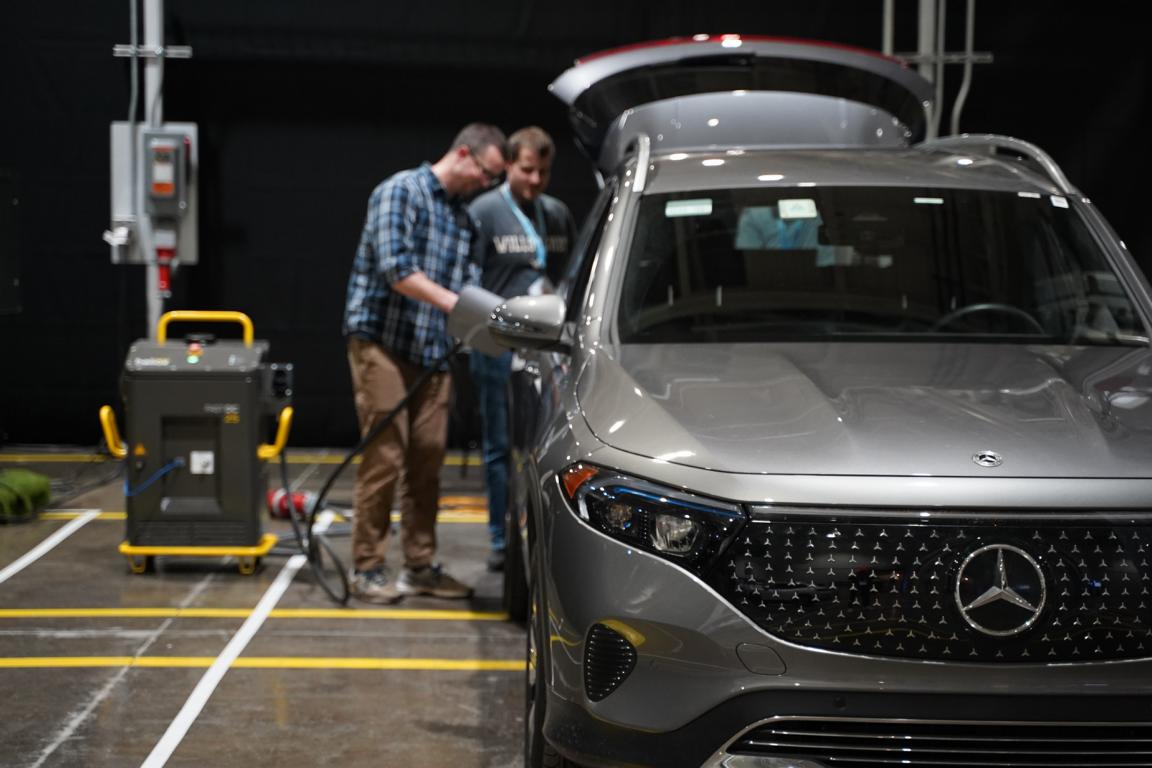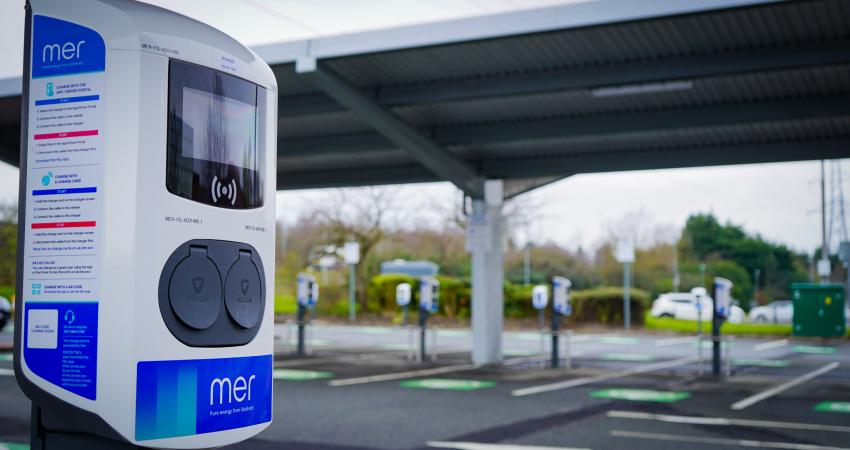
Officially named “SAE J3400TM: NACS Electric Vehicle Coupler Technical Recommended Practice,” the RP is seen as a blueprint to build and is expected to spark the production of new EV products, said Rodney McGee, chairman of the SAE J3400 NACS Task Force.
“There’s going to be more interoperability testing and industry collaboration as we refine the document into a standard,” McGee explained. “The ideal is that very few changes will be needed.”
Along with the release, NACS — previously the “North American Charging Standard” — has been renamed the North American Charging System to reflect its broader scope, covering more than just the vehicle coupler.
The new J3400 incorporates modern improvements in EV charging, such as digital communication between the vehicle and charger, and advanced features like vehicle-to-grid (V2G) capabilities. McGee highlighted that J3400 offers a more integrated system design compared to its predecessor, J1772, enabling mass electrification with support for various voltage types and connection methods.
J3400 also updates charging infrastructure with the potential for carry-along cord sets, which are common internationally. This change could reduce EVSE costs and maintenance, making EV charging more accessible for lower-income and apartment-dwelling drivers. Additionally, the RP allows for a theoretical 900 to 1,000 amps for future high-power charging capabilities.
Tesla’s design foresight, such as using 480-volt, three-phase power, will also contribute to cheaper AC charging infrastructure across North America.












